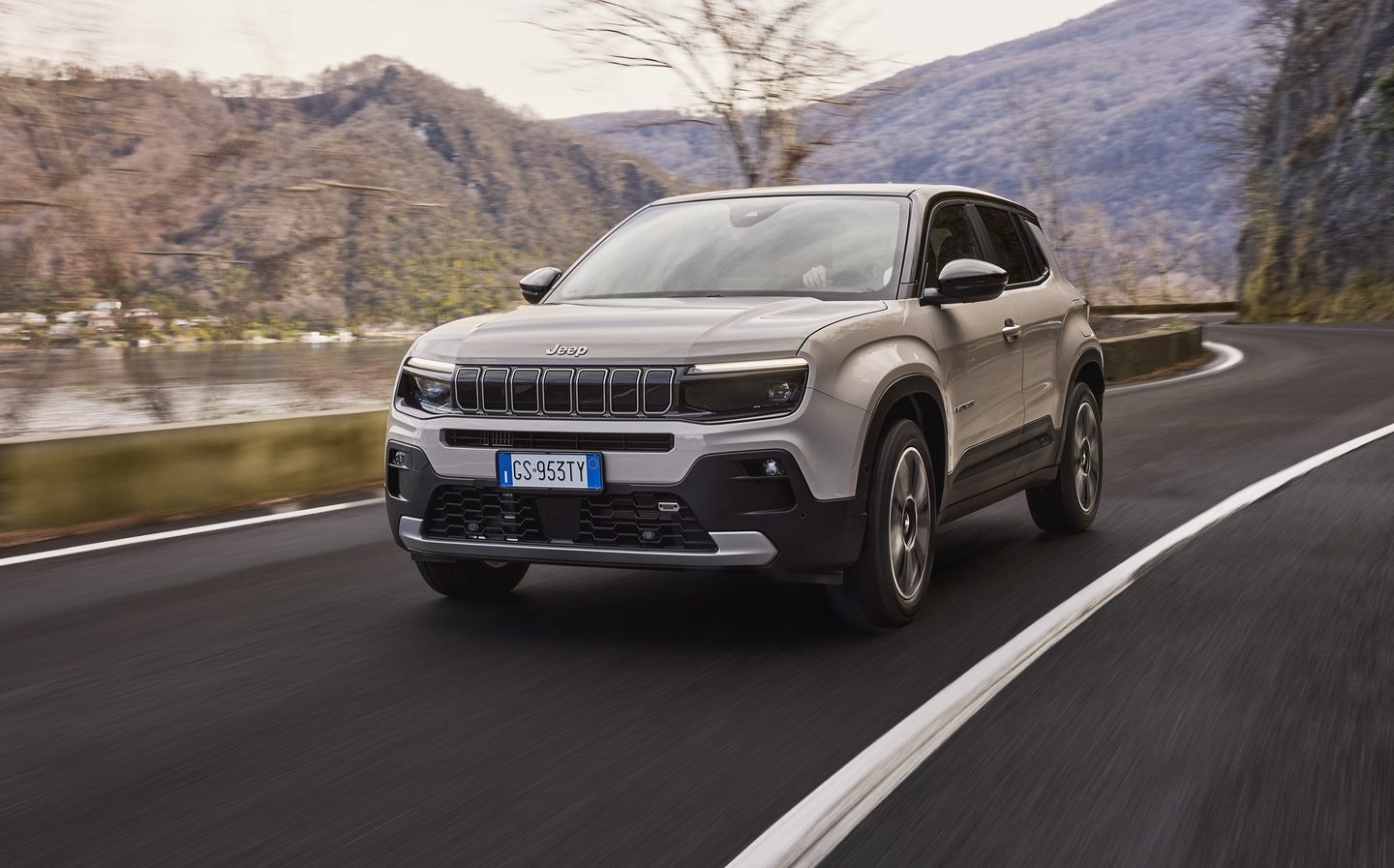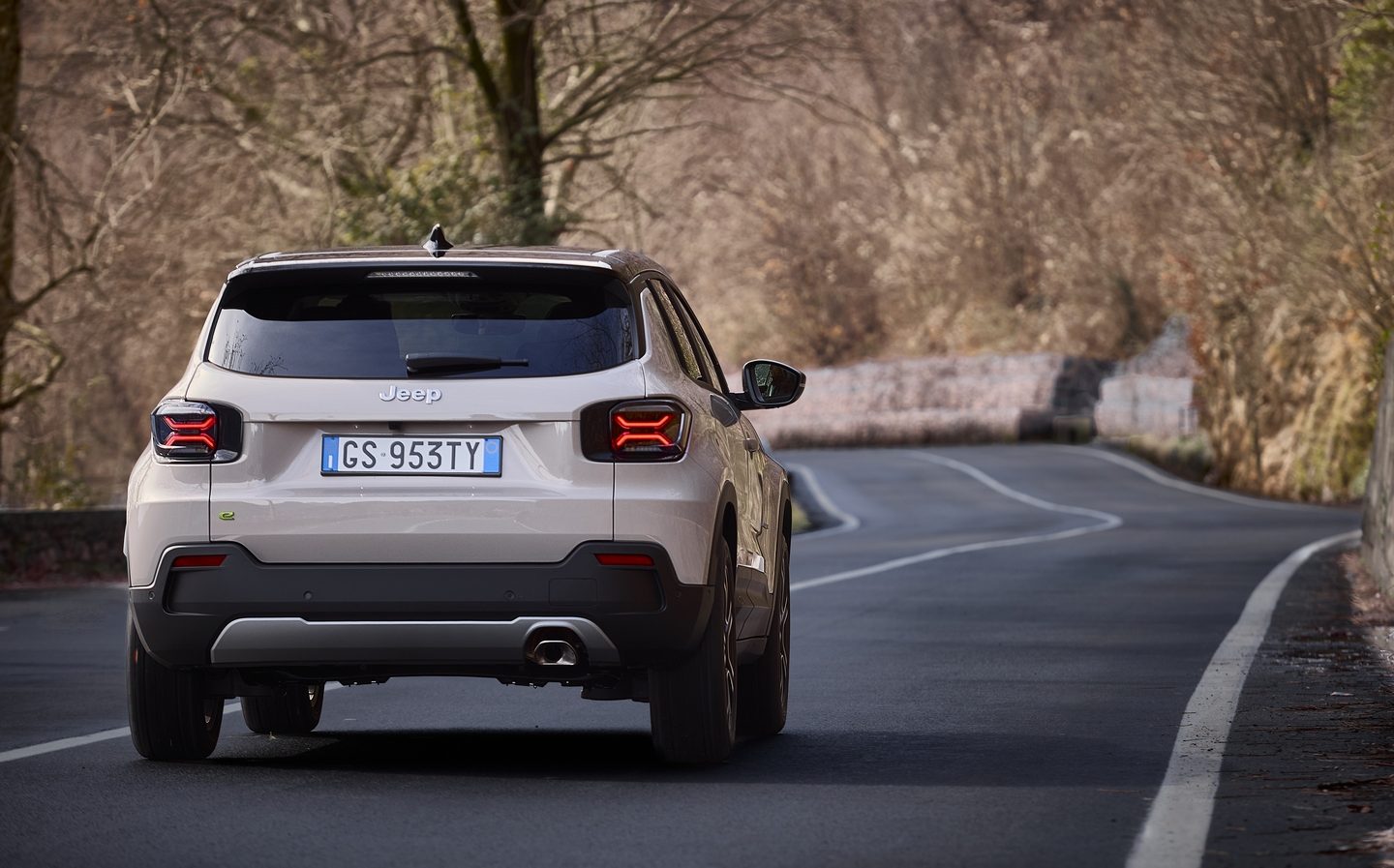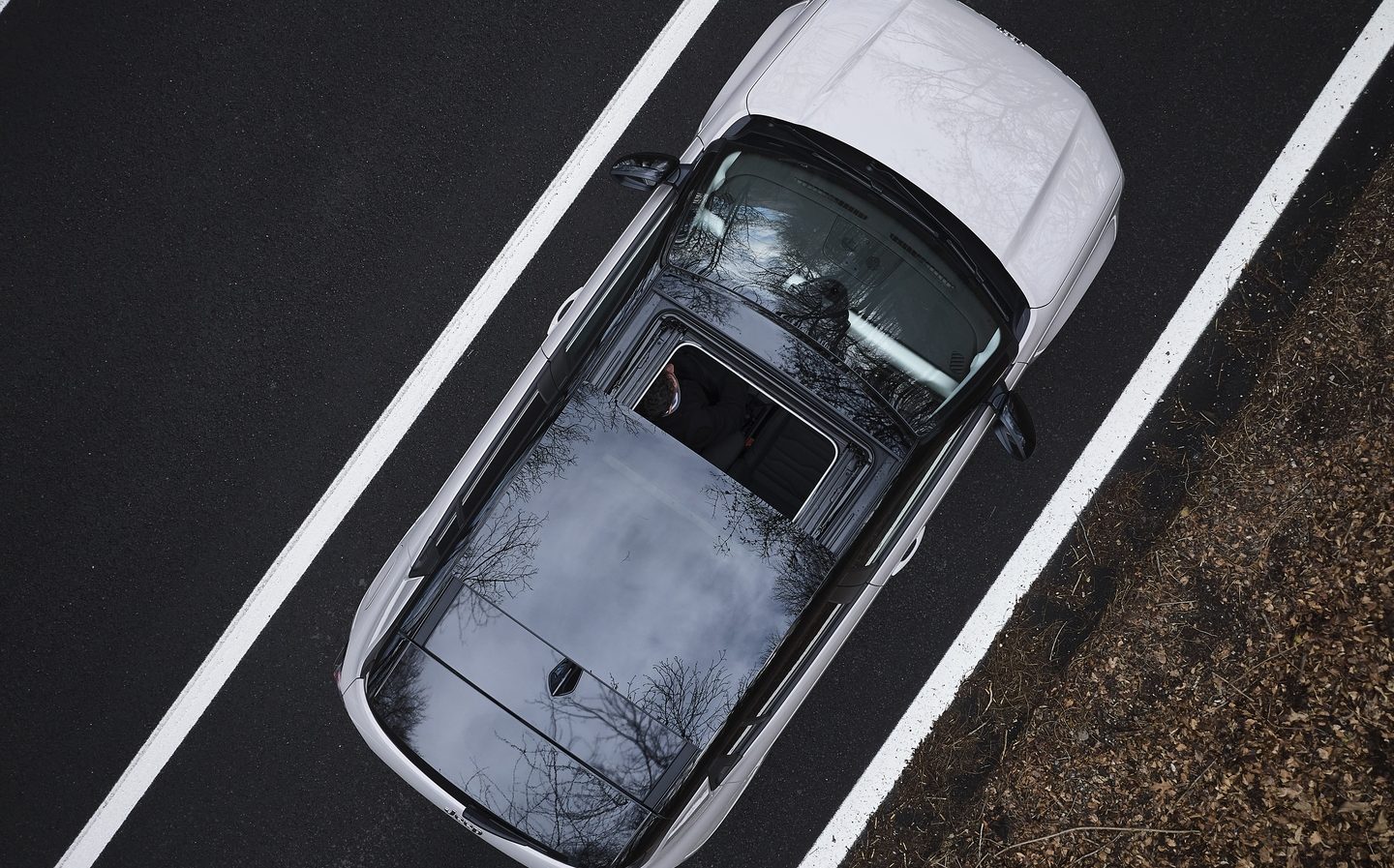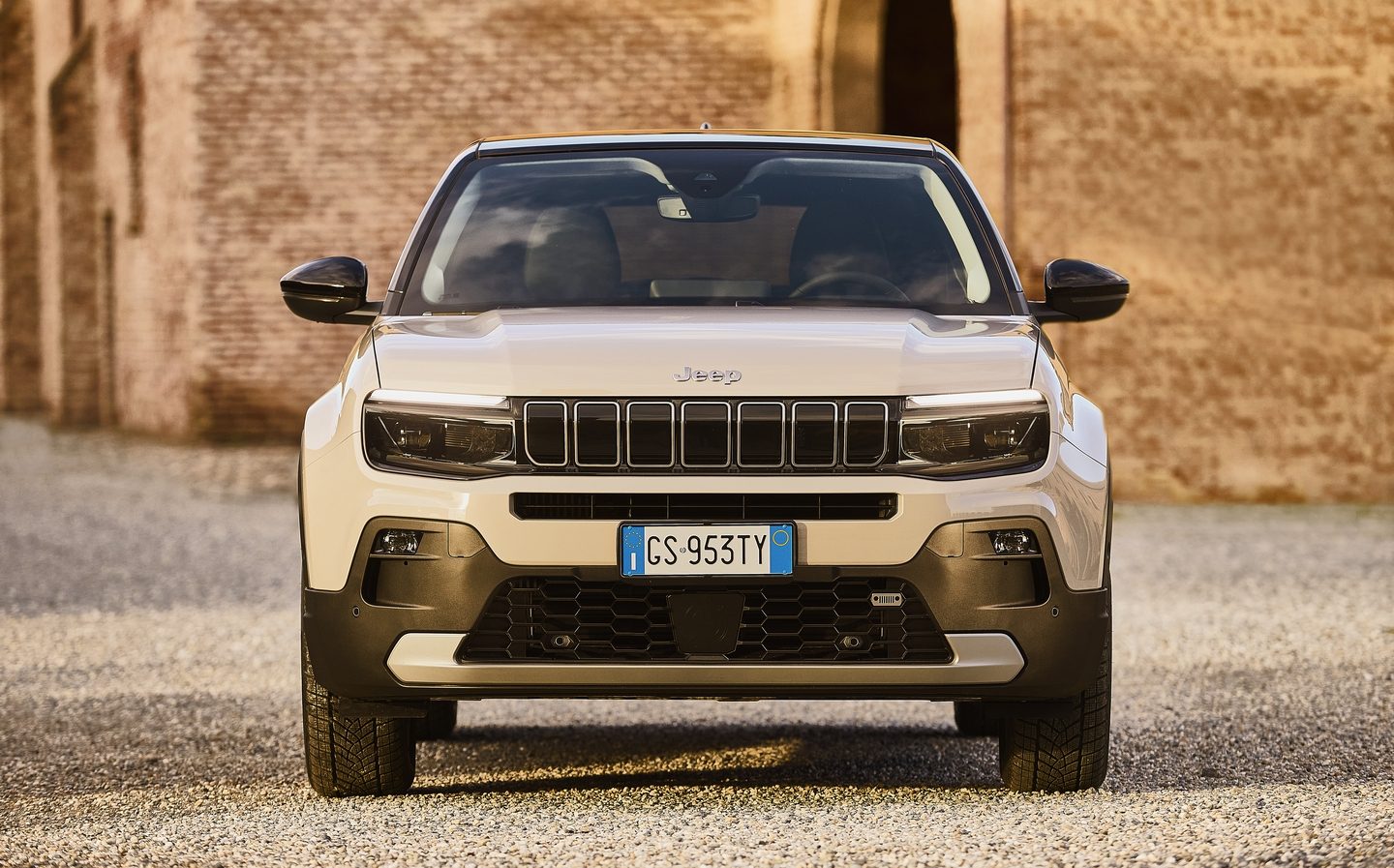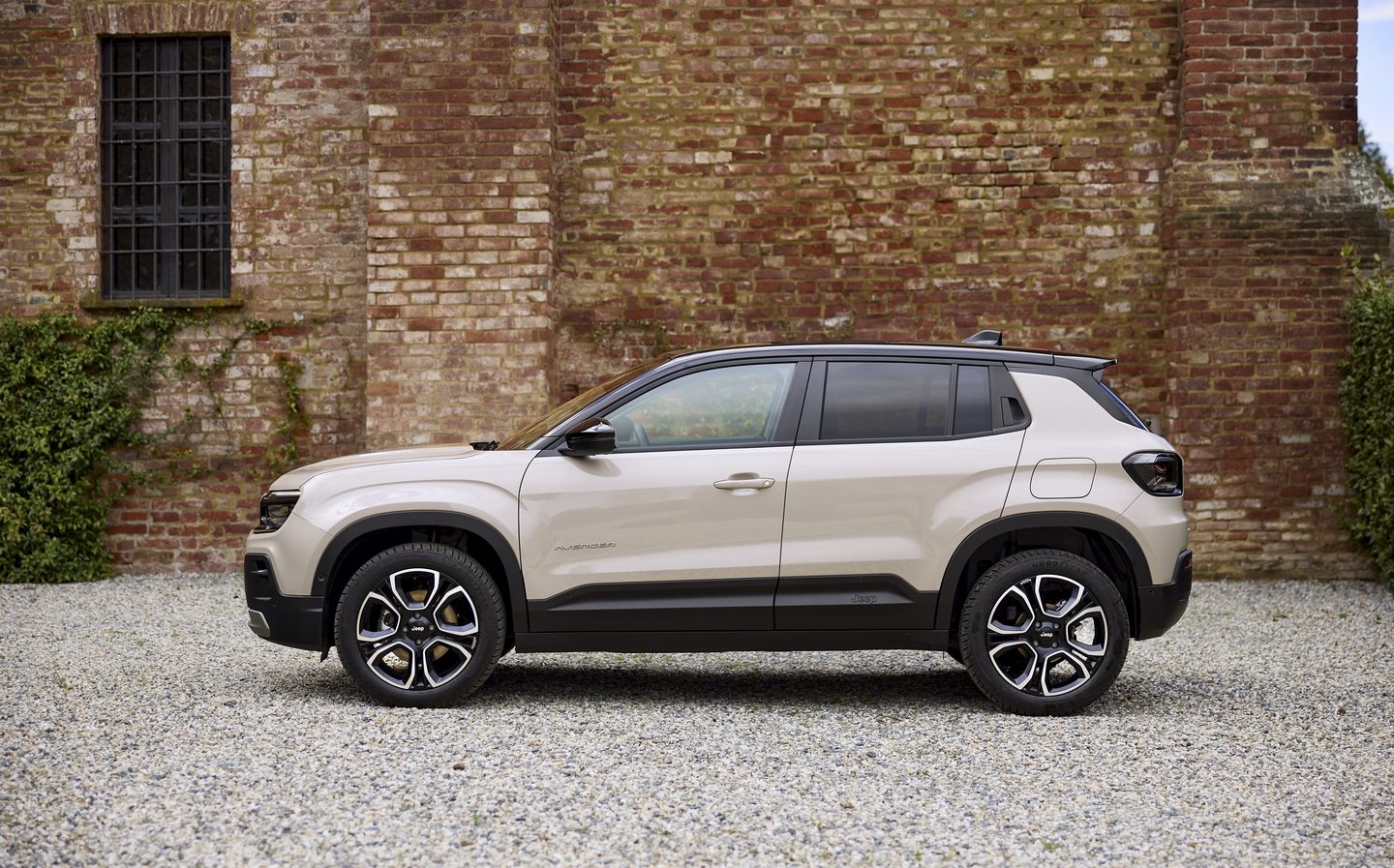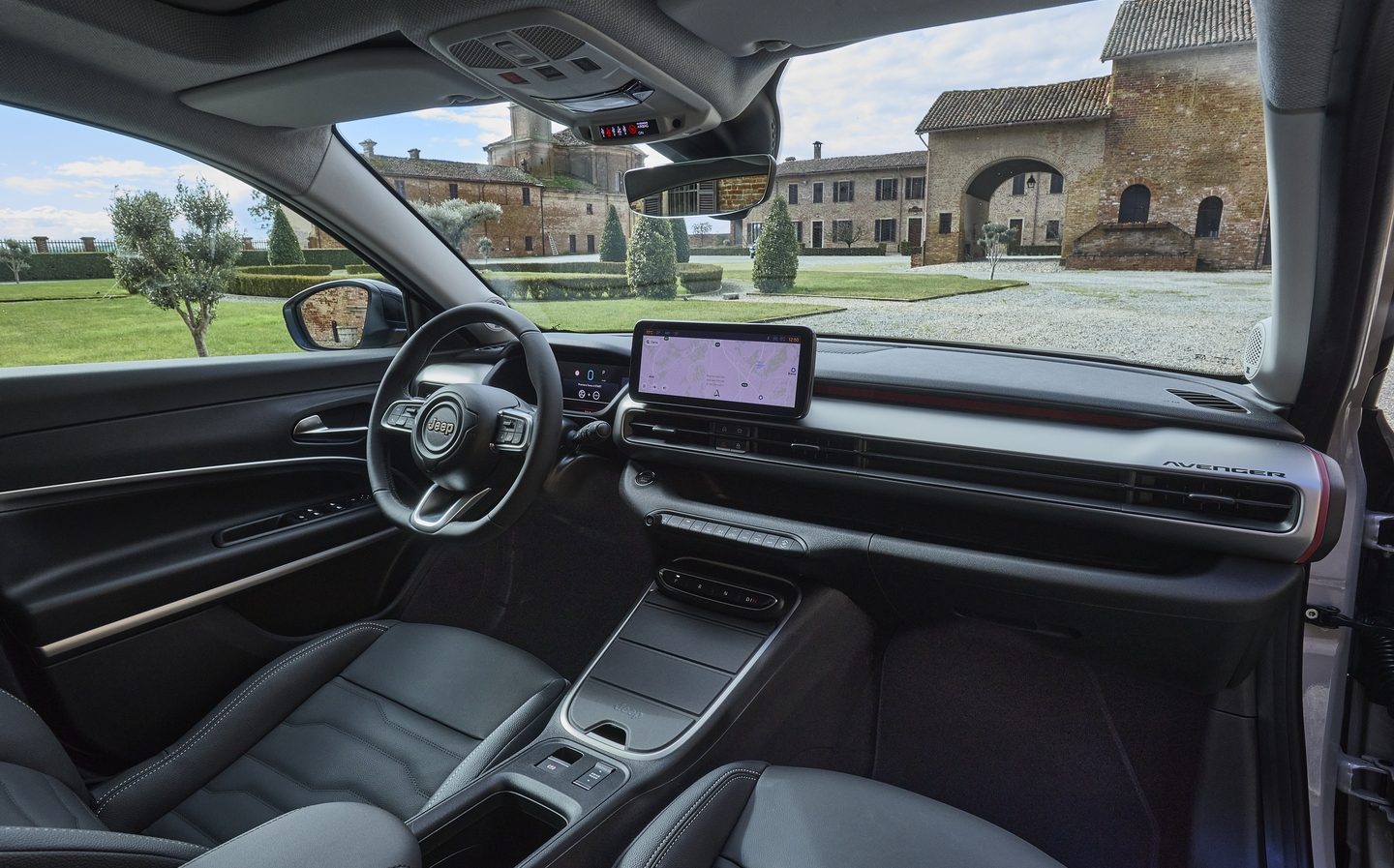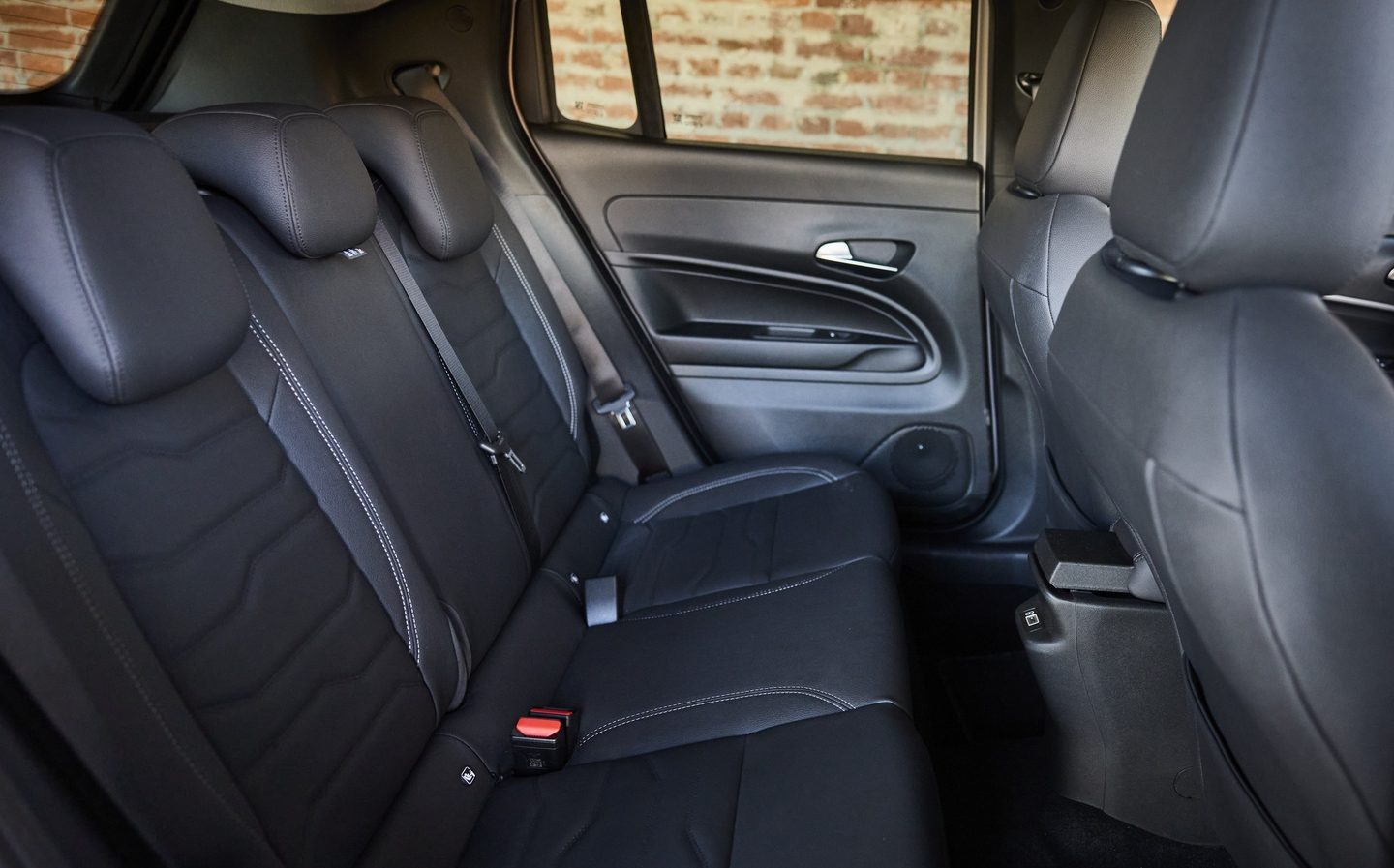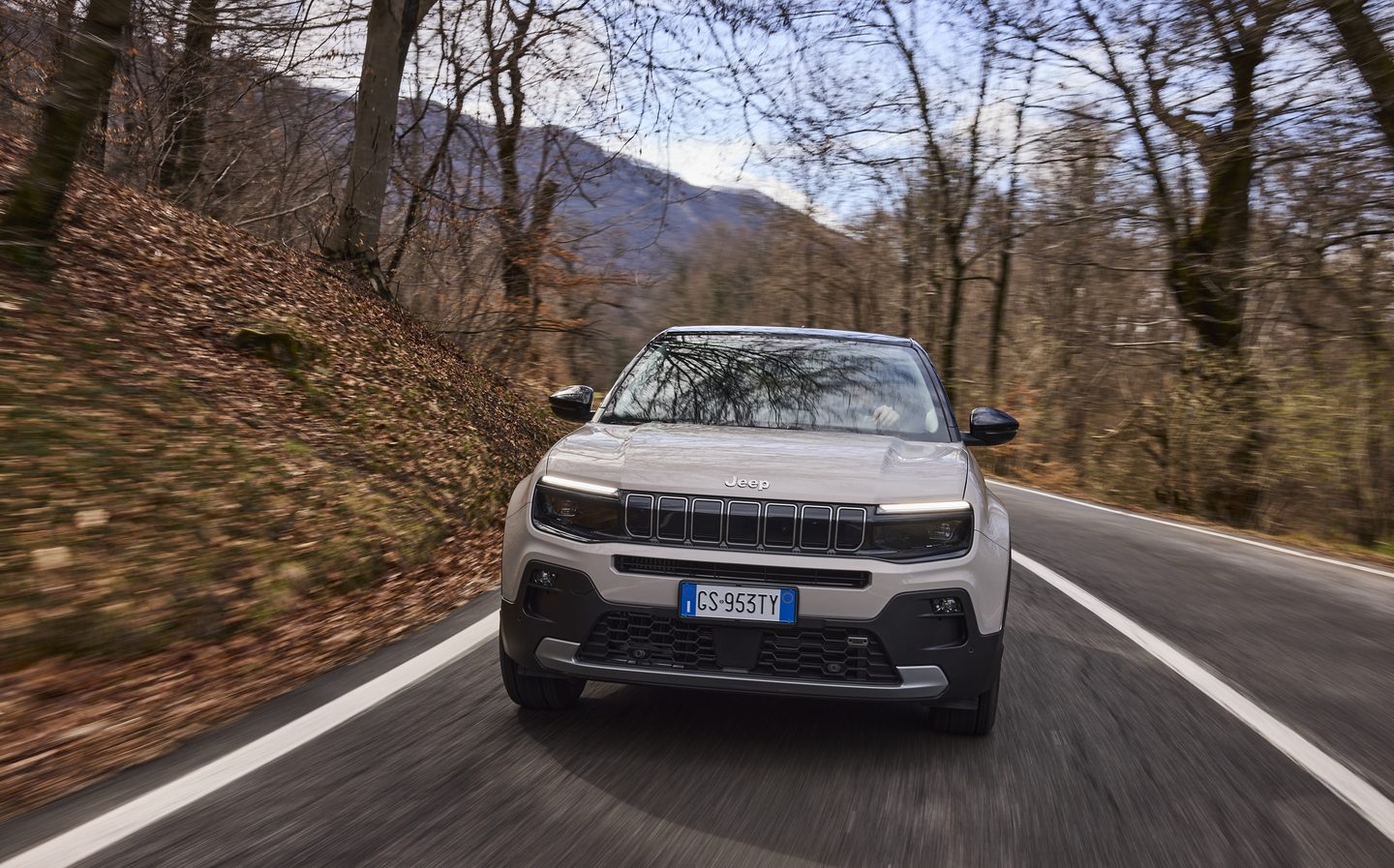Jeep Avenger e-Hybrid 2024 review: Not quite a superhero but this hybrid is the strongest Avenger
Hybrid version is the Avenger to assemble, reckons Matt Robinson
-
Handling
-
Comfort
-
Performance
-
Design
-
Interior
-
Practicality
-
Costs
- Variant: Avenger e-Hybrid Summit
- Price: From £29,200
- Engine: 1.2-litre three-cylinder turbo petrol with 21kW electric motor
- Power: 99bhp
- Torque: 151lb ft
- Transmission: Six-speed dual-clutch automatic, front-wheel drive
- Acceleration: 0-62mph: 10.9 secs
- Top Speed: 114mph
- Fuel: 56.5-57.6mpg
- co2: 111-114g/km
- Road tax band: £200 year one; £170 annually thereafter
- Dimensions: 4,084mm x 1,778mm x 1,536mm
- Release Date: Now
If you give a child a big enough box of Lego then, eventually, even without the benefit of a clear sheet of instructions, they will produce a finished model that closely represents something identifiable: a house, a spaceship, a car, for example.
And it’s much the same story in the automotive world, where widespread parts-sharing between associated manufacturers is now the norm.
Take, for instance, the Cupra Formentor. Launched in 2020, it basically used the chassis, engines and bits and pieces of so many other Volkswagen Group products that launched before it — many of which were fine, if dull to drive. Yet the Formentor felt like a completely different animal; lithe, limber and great fun to steer.
The same thing might be happening within the Stellantis super-conglomerate that incorporates the likes of Fiat, Vauxhall, Peugeot and Citroën (among many others).
This, for example, is the new Jeep Avenger e-Hybrid, and there’s not a part on it that we haven’t seen or experienced somewhere else before. Its compact SUV chassis is related to the one under the Peugeot 2008, which has been around since 2019. The petrol-electric drivetrain it uses was deployed last year in a Citroën C5 Aircross, albeit admittedly with more power in the larger French machine. And the body and interior, while being Jeep’s own crafting, share much with the Fiat 600e.
All of these are, of course, decent cars in their own way, but none of them are what you’d call amazing. Which is why we find it so surprising to be writing that the Avenger e-Hybrid, despite using all the familiar bricks we know from before, is such a thoroughly likeable machine, and one that deserves serious consideration alongside the Ford Puma as the best of its breed.
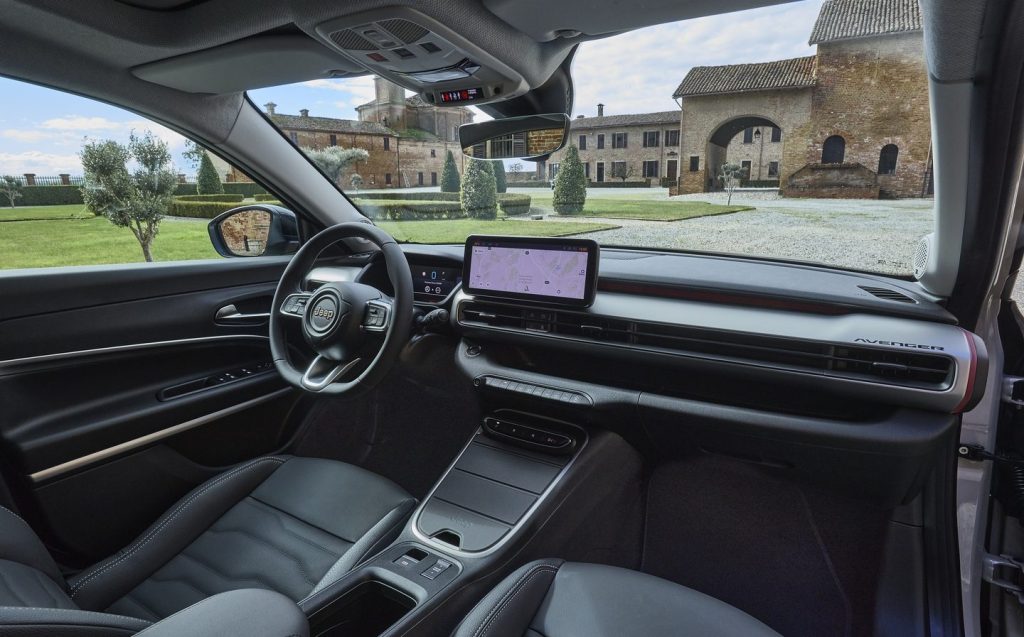
Granted, it’s not a seminal car, and it’s not without its flaws. For instance, some of the plastics used for the door cards and lower surface expanses feel like they might have been rejected by a certain Danish toy company on quality grounds.
Furthermore, the indicators make a weird, offbeat drumming noise when they’re in use, which infuriated us because we felt like it was the intro to a Beatles song, but we couldn’t for the life of us work out which one.
And space in the back of the Avenger? It’s laughable. Put the driving seat in position for only an average-height human and there’s next to no kneeroom behind in row two, so this is really only going to be suitable as a family car for those with younger, smaller children. Or perhaps someone who wants to cart a couple of Lego Minifigs around with them.
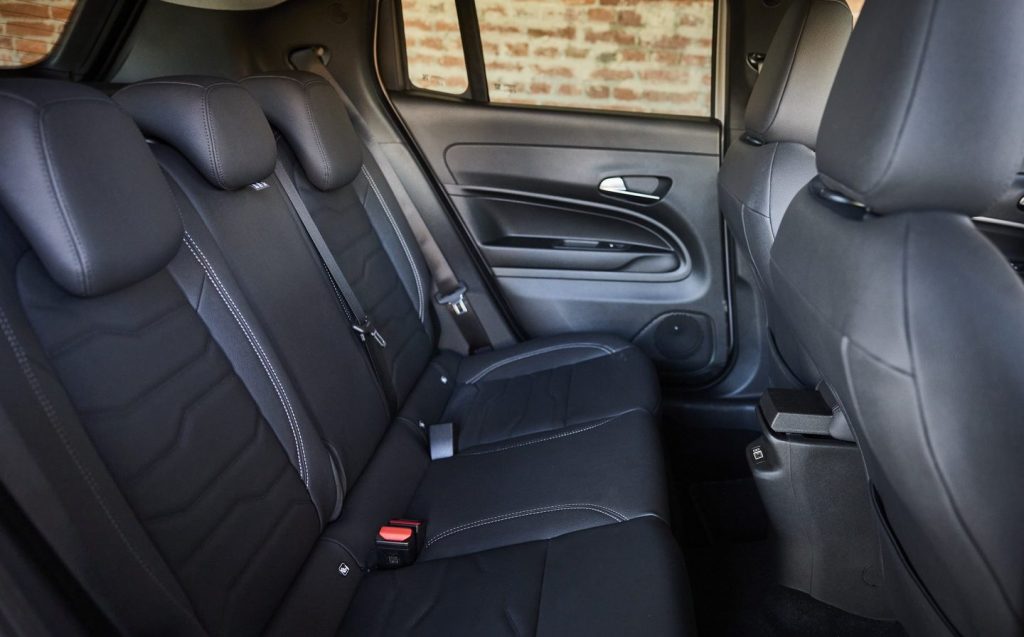
However, in all other regards, this is comfortably Jeep’s best product — this side of the off-road-specialist Wrangler 4×4 — in decades. Jeep seems to have produced something which rides better than the Fiat 600, corners better and isolates its occupants from exterior noise better.
The main engine in the Avenger e-Hybrid is a 1.2-litre three-cylinder turbocharged petrol unit that, yes, we’ve seen countless times before. Here, it makes very modest outputs of 99bhp and 151lb ft. On paper, the Jeep’s 10.9-second 0-62mph time perhaps suggest a car which is gutless, one that feels hopelessly slow.
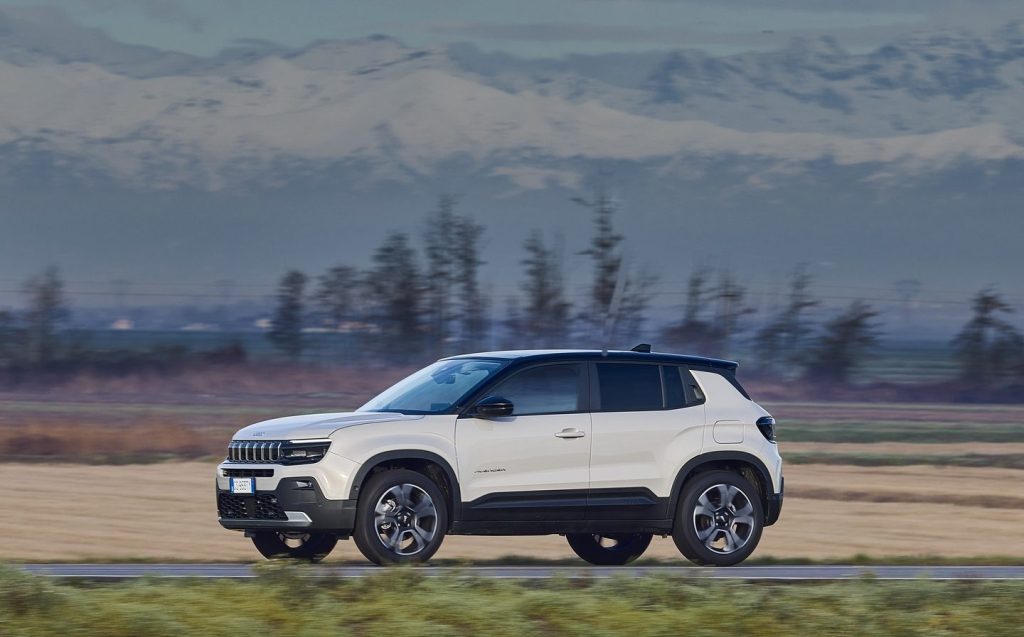
But built into the e-Hybrid’s six-speed dual-clutch gearbox is a 21kW (28bhp) electric motor, which can augment the vehicle’s low-speed responses with up to 41lb ft of additional torque (twisting force).
Fuelled by a tiny high voltage battery, the aim here is not for the Avenger e-Hybrid to be able to drive great distances on electric power alone. In fact, it’ll only do about a sixth of a mile max at city-street speeds without having to resort to the petrol engine for further onward travel.
Instead, like so many non-plug-in hybrids, the objective of this Avenger is to provide the ultimate in ease of use with a flavour of ecological soundness mixed in.
As a bonus, the electric portion of the Jeep’s drivetrain can augment its power delivery. You can get an Avenger with just the 1.2 petrol engine, which has exactly the same on-paper power and torque figures, but while the US company won’t specify it in official data, there’s no doubting the electric motor brings added punch at lower speeds. It scoots about on urban streets with a real sense of vim and vigour.
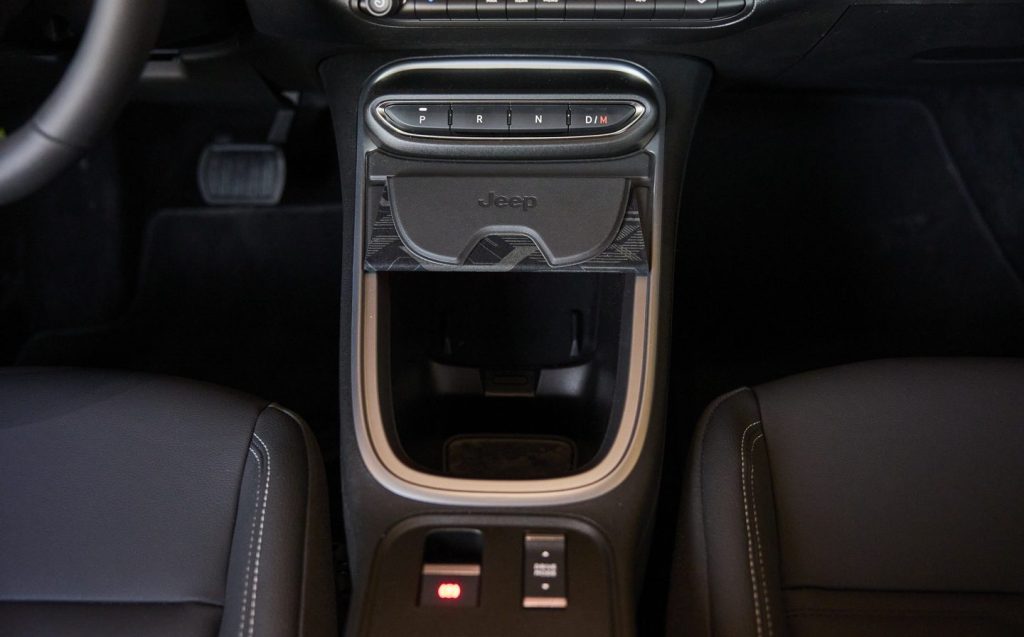
Get it out onto suburban and country roads, and this 99bhp crossover doesn’t feel completely lost — it’ll keep up with faster traffic flow and can even enact accomplished overtakes on two-lane roads.
The gearbox, in particular, deserves pointed praise, because the last time we drove it (in the C5 Aircross) it felt like a 12-year-old had fashioned a rudimentary system out of Lego Technic parts. For its application in the Jeep, the control software has had a significant polish.
While we’re not about to say it’s the greatest automatic transmission we’ve ever encountered, by the standards of this class it’s smooth-shifting, quick to react to changes in the angle of the accelerator pedal, and generally an imperceptible and most pleasant companion for the hybrid drivetrain.
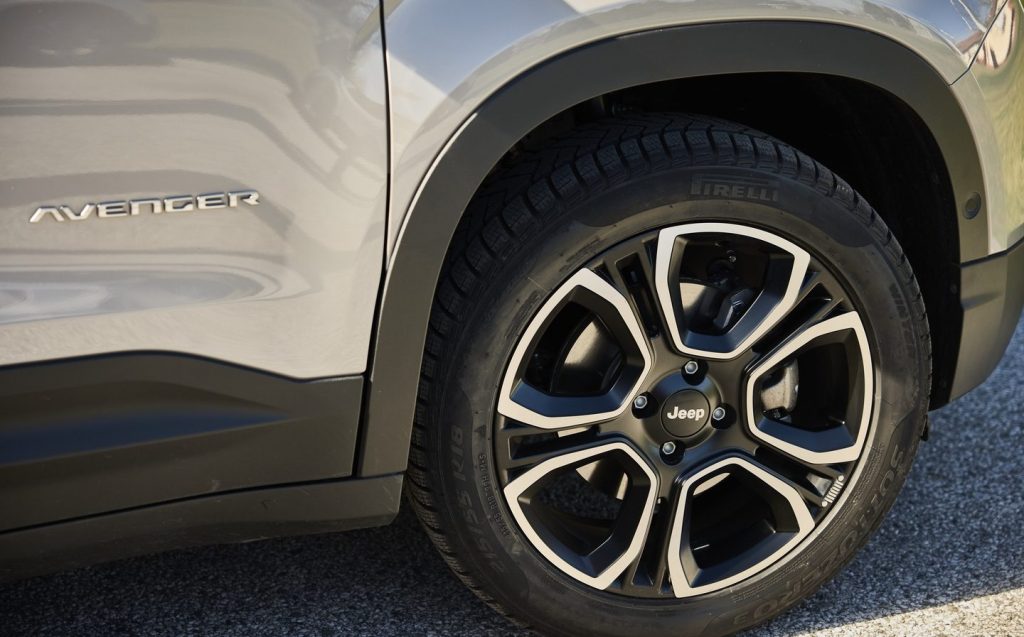
Then there’s the ride comfort and refinement. All our test vehicles were analogous to what will be top-spec over here: Summit. That means they were on 18in alloy wheels, the largest available, which are generally better for cornering but can result in harsher ride from the narrower tyre sidewalls. To add to the potential negatives, Jeep had every car at the launch on winter tyres — though the temperature was hovering around 17C. Winter tyres in warm weather have reduced capability both in terms of grip and how much noise they generate.
Yet the Avenger e-Hybrid was a delight. The absolute worst of imperfections in the road’s surface will introduce a big shudder through the frame, granted, but those incidences are so rare that you won’t consider them a dealbreaker when it comes to the Jeep’s appeal.
For the most part, it rides with a seriously impressive level of grace and aplomb. It manages low-speed town work, on cratered and undulating roads, just as well as it summons up steady, unintrusive comportment at motorway speeds.
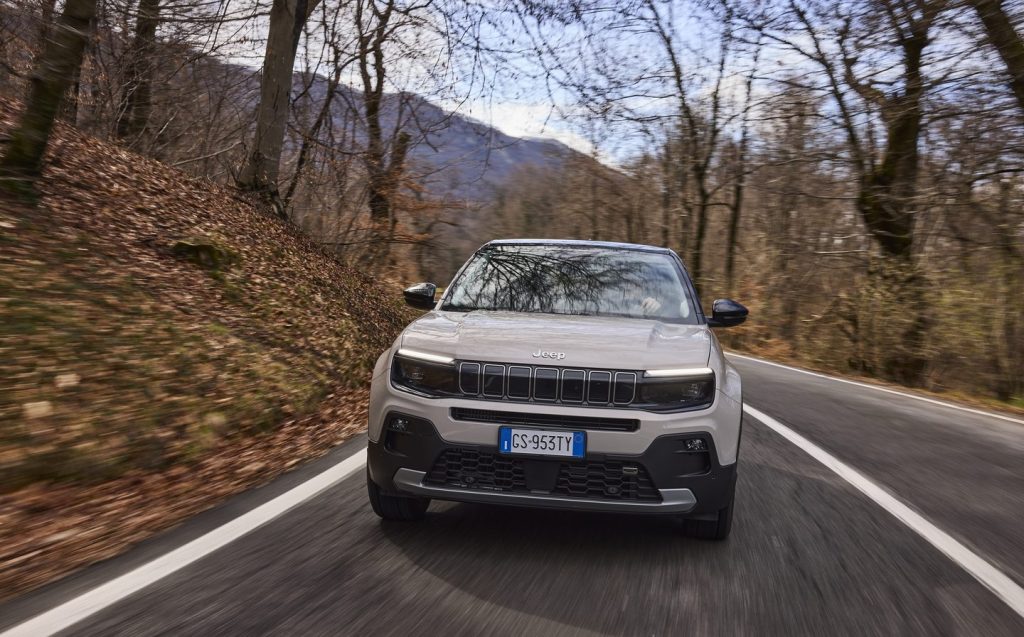
There’s a bit of tyre roar evident, probably from the overheated winter tyres more than anything, but wind, suspension and powertrain noises are otherwise isolated most brilliantly from interior occupants’ ears.
People crammed into the rear of the Avenger, with their knees wedged into the front seatbacks, might beg to differ, but the way it drives gives the car a sensation of being a lot larger and a lot grander than it actually is.
It even handles pretty sweetly, keeping body roll in close check and providing lots of grip through the front wheels. Again, we’re not trying to say it drives fantastically — and a Ford Puma would be more fun for keener drivers than this Jeep — but it’s certainly a lot more composed and capable in the corners than we were ever expecting. Even the steering feels decent, too.
We also tried it on a fairly challenging off-road course and despite being only two-wheel drive, the Avenger e-Hybrid proved that a Jeep is a Jeep. If you need more rough-terrain capability from it, though, then you might be pleased to know a full four-wheel-drive version is on the way in the form of a 4xe plug-in hybrid derivative.
Perhaps the biggest attractions of the Avenger e-Hybrid relate to its effortless usability and the minimal costs involved with ownership. On the former score, get into the crossover with a full tank of petrol on board and its trip computer will show you a driving range of around 435 miles.
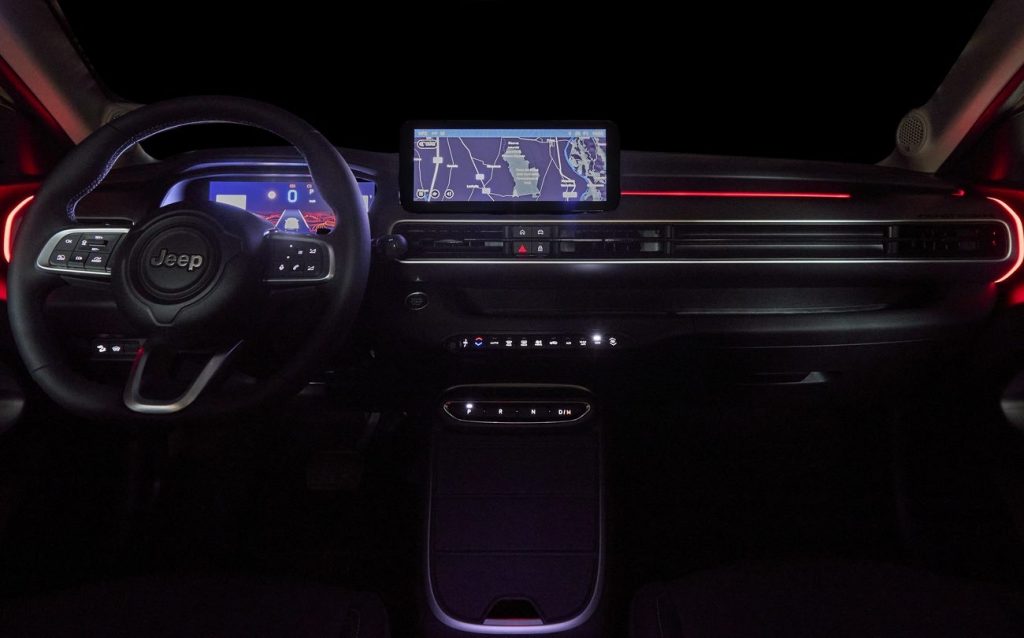
That compares well to the Jeep Avenger Electric, which is £9,500 dearer model-for-model than the equivalent e-Hybrid, but which will, at best, only ever display 250-ish miles with a charged-up battery.
Admittedly, there are still some cost benefits to running a pure EV over a petrol-electric hybrid, especially in terms of company car tax, but recouping the cost difference could take many years, and for many the long-range peace of mind the e-Hybrid brings will far outweigh its slightly elevated running costs.
Jeep says the Avenger e-Hybrid will do something like 56-58mpg officially, although we saw more like 40mpg during our test. That, though, was when driving on twisty, stop-and-start roads in a non-economical fashion, so more like 50mpg ought to be achievable on a day-to-day basis. And its low emissions outputs result in £200 of road tax in year one, with £170 thereafter.
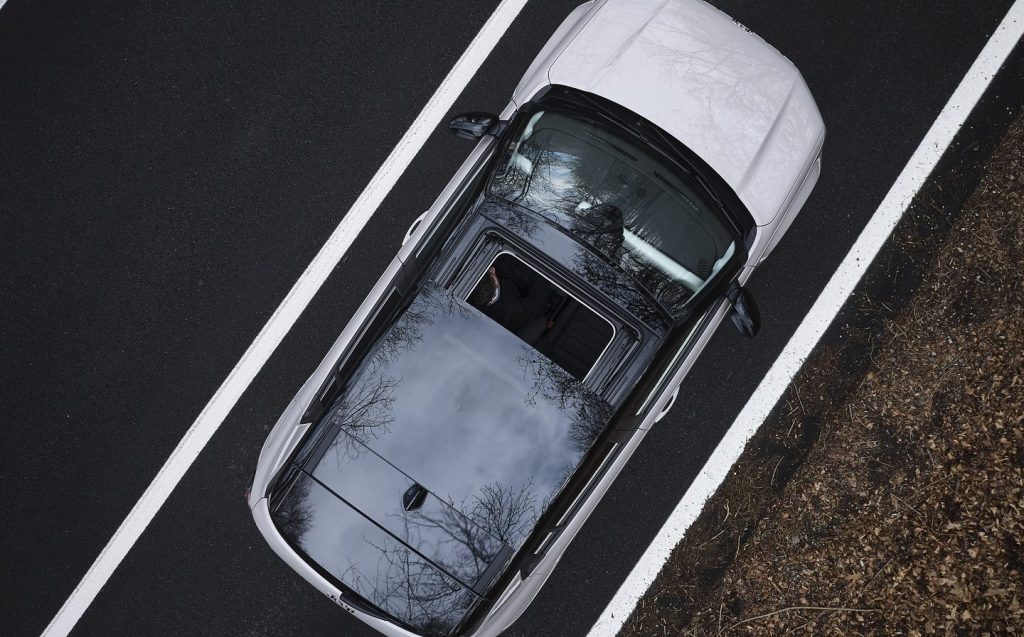
Better still, list prices for the e-Hybrid all begin with a two. It kicks off at £25,300 as a Longitude, which comes with 16in alloys, air conditioning, a 10.25in infotainment system, cruise control, keyless entry and go, and a host of advanced driver assist safety systems, among more, as standard.
Altitude costs £27,000 on the nose and brings in bigger alloys, adaptive cruise control and a few other toys, while even the flagship Summit is the right side of 30 grand — £29,200 gives you an Avenger e-Hybrid with plenty of luxuries, including heated seats, a wireless smartphone charging pad, a powered tailgate and 18in alloys, to name a few.
You’re therefore not going to trigger the £390 per year “rich tax” in years two to six of ownership, and this helps the Avenger make more sense in the confusing cluster of compact crossovers at the bottom of the US off-road specialist’s present-day product line-up. It is about the same size as the Renegade and Compass, both of which continue into 2024 and both of which also benefit from new e-Hybrid derivatives.
The Renegade and the Compass are larger than the Avenger, so if rear-seat space is your priority then you might have your head turned. But they’re also both built on much older vehicle structures than the baby Jeep, while their e-Hybrid drivetrains are based on a 1.5-litre four-cylinder engine with a 128bhp output. They’re also comfortably more than £30,000 in any specification.
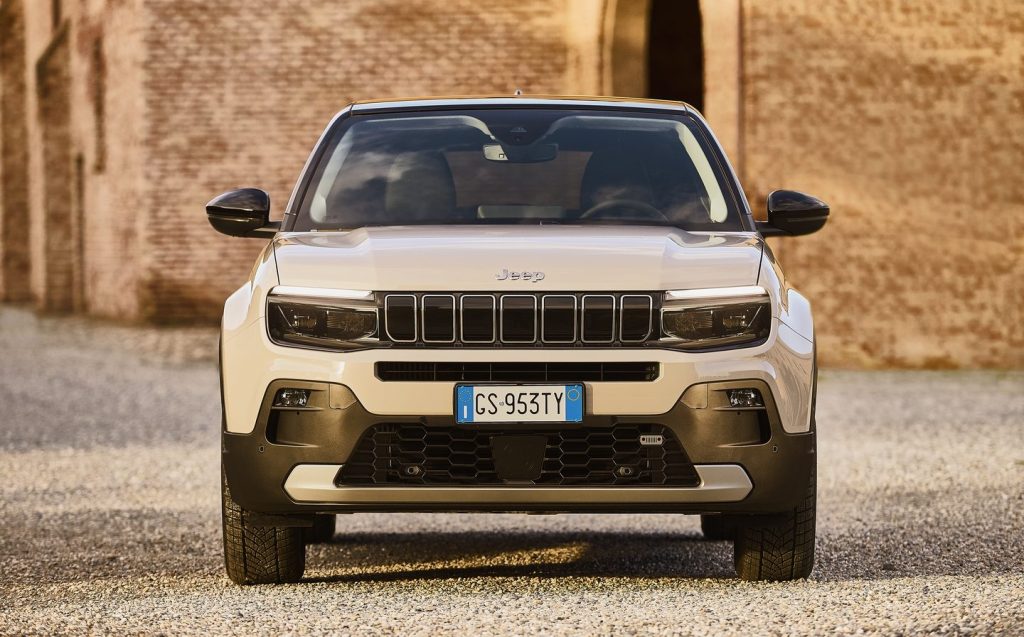
The Avenger is also far more appealing from a design point of view, slightly aping the Mercedes GLA at the rear and Volvo XC40 from the side. And its interior — save for those Lego-like plastics and the bijou space in row two — is largely a success.
Most of the main touchpoints feel pleasing to use, the strip of metal-effect plastic in the dash breaks up what would otherwise be a monotonously black fascia, and if you get an Altitude or above then you benefit from the new, sharp 10.25in digital instrument cluster as well. Base Latitude cars make do with a 7in TFT display instead.
You even get a moveable boot floor, which means you can configure the Avenger’s generous cargo space to either 321 or 380 litres with all seats in use, depending on which height you set the floor at.
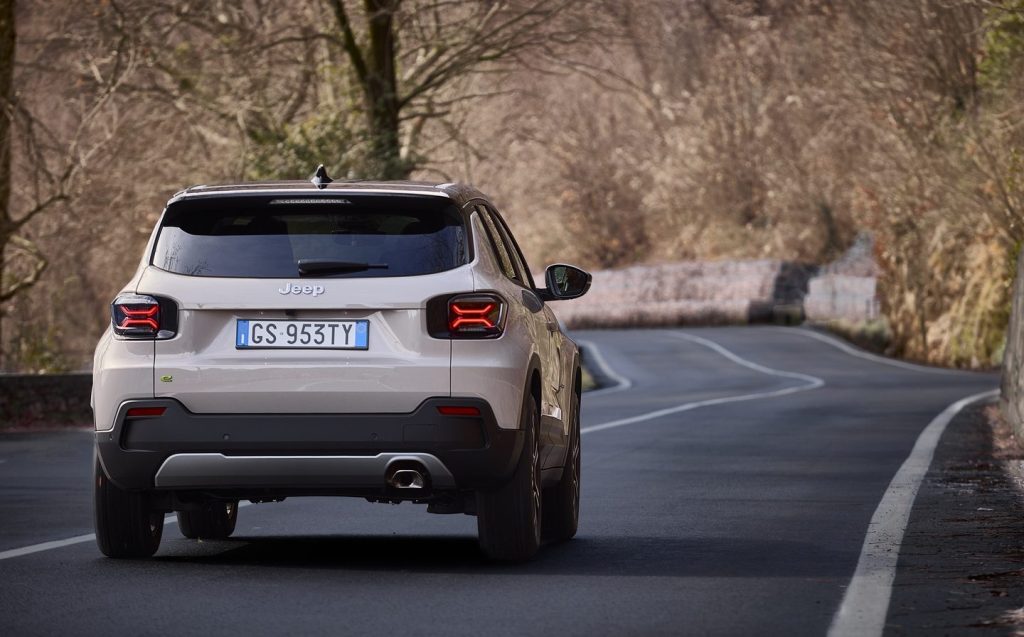
All of which means the new e-Hybrid is, to our surprise and delight, a great little crossover. Jeep has taken the widely used building blocks available to it and assembled an Avenger that’s… well, perhaps not super-heroically good, but is most definitely competitive in the compact crossover class. All for less than £30,000, as well.
As for the other children in the Stellantis family, the arrival of this Avenger e-Hybrid makes it appear as if they need to up their game significantly.
Related articles
- If you were interested in our review of the Jeep Avenger e-Hybrid, you might also want to know which drivers will be with each F1 team in 2024
- Click here if you are wondering how to watch F1 in the UK
- Want to see race reports from the 2023 F1 season? We’ve got ’em.
Latest articles
- Lewis Hamilton wants to design a modern day Ferrari F40 with manual gearbox
- Dacia Bigster 2025 review: The ‘anti-premium’ family SUV that punches above its weight
- Your car’s worn tyres could be being burnt illegally in India, investigation reveals
- Open-top 214mph Aston Martin Vanquish Volante is world’s fastest blow-dry
- F1 2025 calendar and race reports: The new Formula One season as it happens
- Alfa Romeo Junior Ibrida 2025 review: Hybrid power adds an extra string to crossover’s bow
- Top 10 longest-range electric cars: all with over 400 miles per charge (officially)
- Renault 5 Turbo 3E ‘mini supercar’ confirmed with rear in-wheel motors producing 533bhp … and insane levels of torque
- British firm Longbow reveals ‘featherweight’ electric sports cars with 275-mile range


